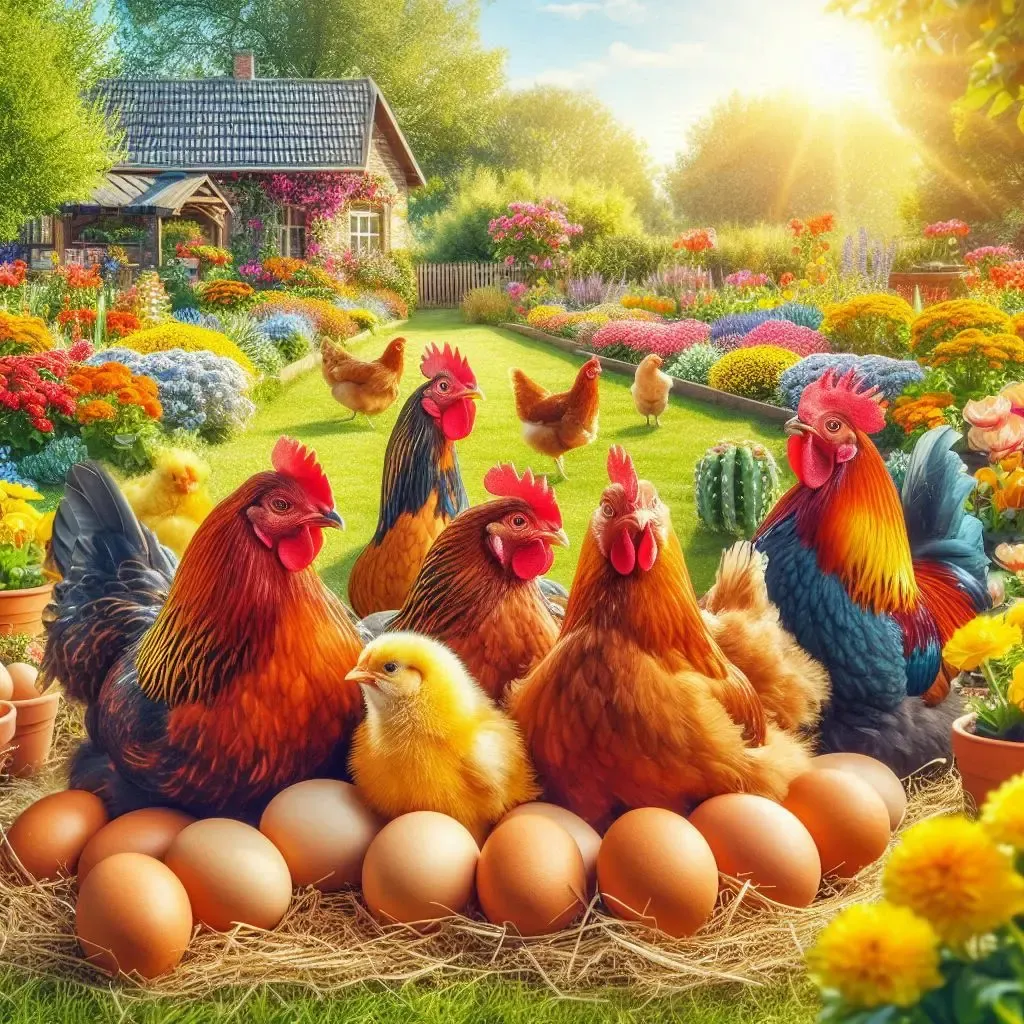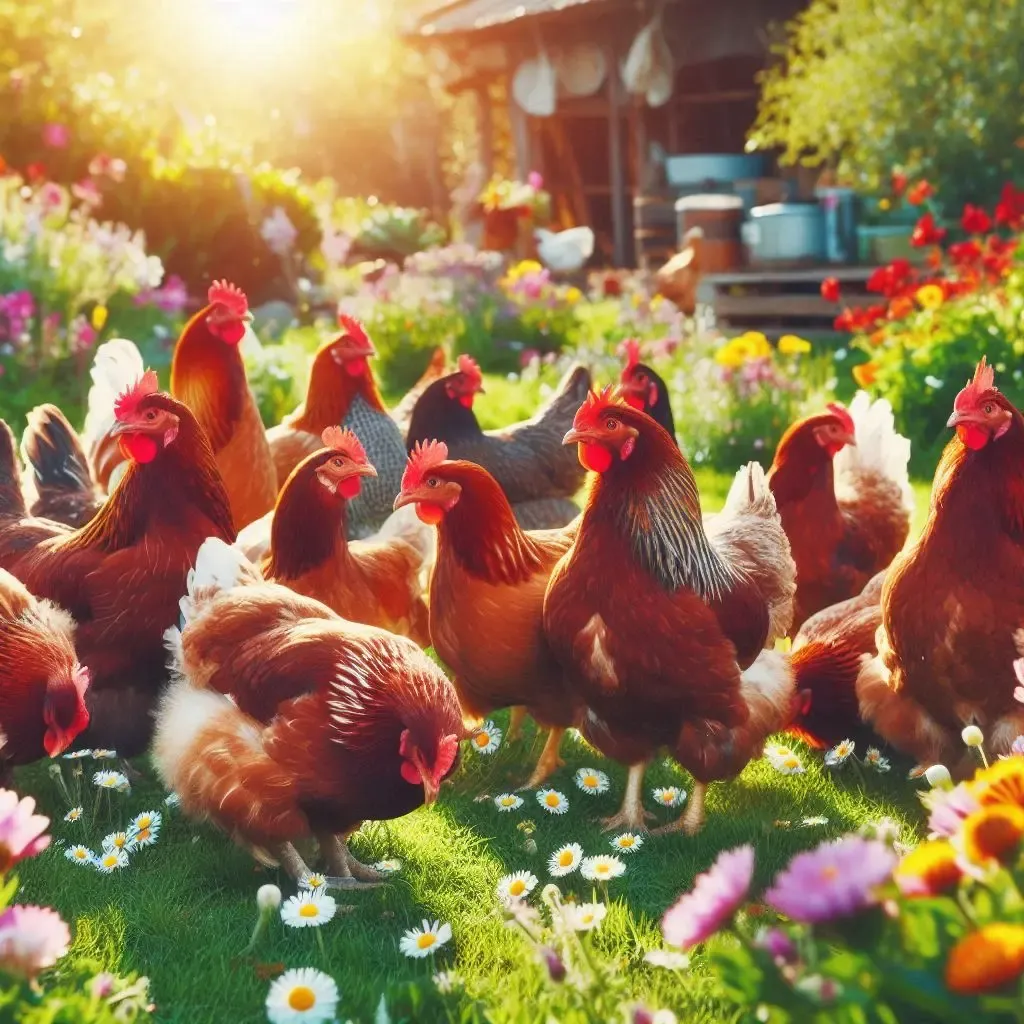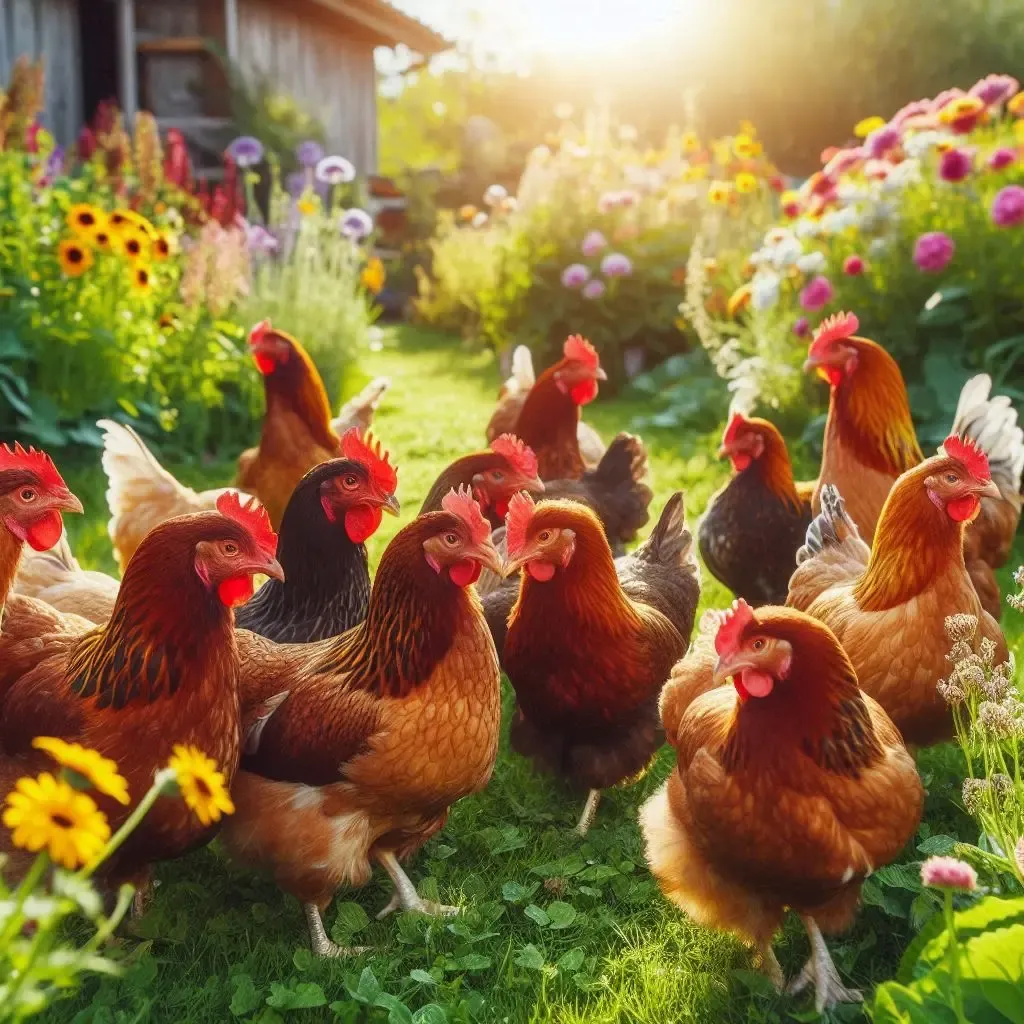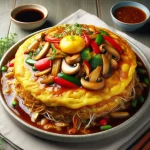- 100 Best Birthday Gifts Ultimate 2025 Guide - 07/26/2025
- 100 Best Mothers Day Gifts 2025 Ultimate Guide - 07/25/2025
- How to Be Funny Ultimate 2025 Guide - 07/21/2025

Table of Contents
When deciding on the best chickens for egg production, choosing the right breed is essential to ensure both a steady supply of eggs and a manageable flock. Several chicken breeds are known for their prolific egg-laying abilities, each offering unique benefits in terms of temperament, adaptability, and care requirements. This guide explores some of the best egg-laying chickens, highlighting their key features and how they can fit into different farming or backyard environments.
1. Leghorn
The Leghorn is widely regarded as one of the most prolific egg-laying chicken breeds in the world. Originally from Italy, Leghorns are small, active birds that are incredibly efficient at converting feed into eggs. These chickens can lay an impressive 280 to 320 large white eggs annually, making them a favorite among commercial egg producers.
Leghorns are hardy and adapt well to various climates, although they tend to be skittish and flighty, which can make them less ideal for those seeking a friendly, easy-to-handle flock. They are active foragers and thrive in free-range environments but also do well in confinement with adequate space.
Pros:
- High egg production (280-320 eggs annually)
- Efficient feed-to-egg ratio
- Adaptable to different climates
Cons:
- Can be nervous and difficult to handle
- Require secure fencing due to their flightiness
2. Rhode Island Red
The Rhode Island Red is a versatile dual-purpose breed, valued for both its egg production and meat quality. Known for its hardiness and ease of care, this breed can lay 250 to 300 large brown eggs per year. Rhode Island Reds are resilient to both hot and cold climates, making them a popular choice for backyard flocks and beginner chicken keepers.
Rhode Island Reds have a generally calm disposition, although roosters can sometimes be aggressive. They are known for being good foragers but also adapt well to confined environments. Their resilience and resistance to disease make them an excellent low-maintenance choice for those seeking a dependable egg-laying breed.
Pros:
- High egg production (250-300 eggs annually)
- Hardy and disease-resistant
- Dual-purpose for eggs and meat
Cons:
- Roosters can be aggressive
- May go broody, temporarily reducing egg production
3. Australorp
The Australorp is an Australian breed that holds the world record for egg production, with one hen laying 364 eggs in 365 days. While individual Australorps may not always achieve such extraordinary results, they are consistently good layers, producing around 250 to 300 large brown eggs annually.
Australorps are known for their calm and friendly nature, making them a great option for families or those new to chicken keeping. They are adaptable to various climates, with their dense plumage providing protection in colder weather. They are also good foragers, but their relaxed demeanor makes them well-suited for confinement as well.
Pros:
- Consistently high egg production (250-300 eggs annually)
- Friendly and docile temperament
- Adaptable to various climates
Cons:
- Can become overweight if overfed
- May not be as active or energetic as some other breeds
4. Isa Brown
Isa Browns are hybrid chickens specifically bred for high egg production. These birds are capable of laying 300 to 350 large brown eggs annually, making them one of the most prolific layers available. Isa Browns are friendly, easy to handle, and well-suited for backyard environments due to their calm nature.
While Isa Browns excel in egg production, they are not typically bred for longevity, and their productivity may decline faster than that of heritage breeds. However, for those looking for an egg-laying powerhouse in the short term, Isa Browns are hard to beat.
Pros:
- Extremely high egg production (300-350 eggs annually)
- Friendly and easy to manage
- Ideal for confined spaces
Cons:
- Shorter lifespan due to hybrid breeding
- Productivity declines earlier than in heritage breeds
5. Sussex
The Sussex chicken is a dual-purpose breed known for both egg-laying and meat production. Sussex hens lay around 200 to 250 large, light brown eggs per year. The Speckled Sussex, in particular, is a popular variety, admired for its striking appearance and friendly, curious personality.
Sussex chickens are hardy and thrive in a variety of climates, making them an adaptable breed. They are excellent foragers, which makes them a good fit for free-range environments, though they also tolerate confinement well. Their calm and docile nature makes them a great choice for families with children.
Pros:
- Dual-purpose breed (good for both eggs and meat)
- Friendly and easy to handle
- Adaptable to free-range or confined environments
Cons:
- Lower egg production compared to top layers
- Can become broody at times, reducing egg output
6. Plymouth Rock (Barred Rock)
Plymouth Rocks, particularly the Barred Rock variety, are another dual-purpose breed that excels at both egg-laying and meat production. These chickens produce 200 to 280 large brown eggs per year. Plymouth Rocks are known for their calm and friendly disposition, making them a favorite among backyard chicken keepers and family farms.
They are good foragers and thrive in free-range setups but can also adapt to confinement. Plymouth Rocks are especially suited for colder climates due to their thick feathers and robust constitution. Their mild temperament makes them good companions for other chicken breeds as well.
Pros:
- Good egg production (200-280 eggs annually)
- Calm and friendly
- Hardy in cold climates
Cons:
- Slower to mature compared to other egg-laying breeds
- May not tolerate extreme heat as well as other breeds
Care Tips for Maximum Egg Production
Regardless of the breed, providing proper care is essential to maintaining high egg production. Here are some tips to ensure your hens remain healthy and productive:
- Nutrition: A balanced diet rich in protein and calcium is vital for strong eggshells and consistent laying. Ensure access to layer feed and supplement with oyster shells for calcium.
- Lighting: Chickens need around 14-16 hours of light per day to sustain egg production, especially in the winter months. Consider adding supplemental lighting to the coop if necessary.
- Space: Adequate space is crucial for chicken health. Provide at least 4-6 square feet per bird inside the coop and access to an outdoor run for exercise and foraging.
- Health: Regular health checks, vaccinations, and a clean living environment are essential to prevent diseases that can impact egg production. Fresh water and proper ventilation in the coop are also necessary.


Conclusion
Selecting the best egg-laying chickens for your flock depends on your specific needs and environment. Breeds like Leghorns and Isa Browns offer outstanding egg production, while dual-purpose breeds like Rhode Island Reds and Sussex provide both eggs and meat. With proper care, nutrition, and housing, these breeds will reward you with a steady supply of fresh eggs throughout the year.
How to Make Chinese Dumplings (5 Steps) – love a happy home (loveahh.com)
- Best Roast Pork Egg Foo Young(1 In-Depth Guide)
- How to Make Pork Egg Foo Young(1 Perfect Guide)
- Egg Foo Young Gravy Recipe 2025 In-Depth Guide
- How to Make Shrimp Egg Foo Young(1 Detailed Guide)
- How to Make Egg Foo Young: A Detailed Guide
- Easy Orange Chicken Recipe 3 Ingredients
- Best American Chinese Food(8 types)
- How to Make Orange Chicken 2025 In-Depth Guide
🎯 Don’t Miss Out — These Are Reader-Favorite Bestsellers You’ll Love Too 👇
| # | 🎁 Product | 💬 Why It Converts | 🔗 Quick Action |
|---|---|---|---|
| ✅ 1 | Exploding KittensThe Wildly Popular Card Game | 🔥 100,000+ rave reviews🤣 Fun for all ages🎉 #1 party game choice | 👉 Click to Check Price |
| 😂 2 | Funny Dad T-Shirt“You Can’t Scare Me, I Have Kids” | 👕 Viral dad gift🎂 Perfect for birthdays & Father’s Day💬 Gets people laughing instantly | 👉 See It in Action |
| 🕯️ 3 | Luxury Candle Gift SetElegant 1-Wick, Spa Fragrance | 🧘♀️ Instant relaxation🎁 Beautifully boxed for gifting💡 Affordable luxury | 👉 Treat Yourself or Gift Now |
| 🔍 4 | Tile Bluetooth TrackerFind Anything in Seconds | 🛠️ Life-saving tech🧓 Great for parents, teens, travelers📱 Works with your phone | 👉 Never Lose Anything Again |
| 📘 5 | Atomic Habits by James ClearTransform Your Daily Life | 📖 20M+ readers worldwide🔑 Simple steps, big results🎓 Top self-growth book | 👉 Read What Everyone’s Talking About |
✅ Why These Items Sell:
| 💡 Trigger | Example in Table | How It Helps Conversion |
|---|---|---|
| ✅ Social Proof | “100,000+ rave reviews” | Builds trust instantly |
| 🎯 Use Case Clarity | “Great for family game night” | Reduces decision friction |
| 🚀 Action Verbs | “Click to check price” | Encourages immediate action |
| 🔥 Urgency & Emotion | “Don’t miss out” / “Treat yourself” | Triggers impulse buying |
| 🎁 Gifting Potential | “Perfect for birthdays & holidays” | Taps into universal purchase intent |
❤️ Your Click Makes a Difference
Every purchase made through these links helps support this site and keeps great content coming — Thanks!
💬 Why Tip? It’s Not Just Money — It’s Motivation ❤️
| 😊 What You Got | 🎁 What I Get | 🔗 What You Can Do |
|---|---|---|
| ✔️ A smile or laugh | ✔️ A reason to keep creating | 👉 Buy me a coffee ☕️ |
| ✔️ Useful tips, insights, or ideas | ✔️ Proof that this content helps | 👉 Click the support button 💸 |
| ✔️ Fun, relatable content | ✔️ Motivation to go deeper & better | 👉 Leave a tip + kind feedback 🙌 |
| ✔️ Ad-free reading experience | ✔️ A little financial breathing room | 👉 $1 isn’t too little, $10 isn’t too much 🎉 |
| ✔️ A sense of connection | ✔️ The joy of being seen and supported | 👉 Let me know you’re out there 👀 |
❤️ If you made it this far, maybe that’s your sign to support? Every tip matters!









